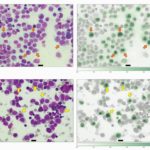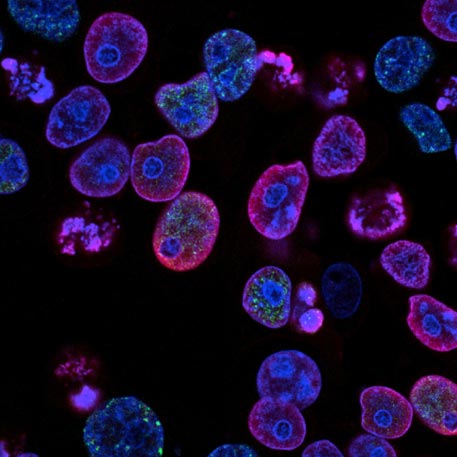The recent years have brought a lot of advancements in understanding leukemia biology due to comprehensive studies investigating molecular alterations. Risk stratification, however, is still largely restricted to simplistic decision-making models based on singular genetic alterations.
The biology of acute myeloid leukemia (AML) is more complex than can be acknowledged by mere presence or absence of one marker of favorable or adverse prognosis. Conventional risk assessment tools like the European Leukemia Net (ELN) recommendations essentially act as evidence-based and expert-opinion-guided decision trees. The general rule is that as soon as one item on a checklist is present, a certain group assignment (favorable, intermediate, adverse) is undertaken as long as there are no contradicting items for a given patient. For example: A patient has a feature; This feature is considered high-risk in the ELN model; There are no contradicting other features; The patient is categorized as high risk. In this regard, with the exception of a few rules on specific mutation types and co-occurring mutations, genetic alterations within a certain risk group are weighed equally although this contradicts biological rationale with respect to molecular mechanisms. This lack of granularity fails to acknowledge biological differences between genetic alterations within the same risk category and sometimes even across categories.
We devised an unsupervised meta-clustering algorithm based on a multitude of different model combinations and found four distinct risk clusters in a large multicenter cohort of 1606 AML patients. Clusters differed significantly with regard to their genetic make-up and were highly informative on patient prognosis. Clusters largely re-stratified patients compared to standard ELN assessment. We confirmed our results in another external multicenter cohort of 664 patients.
Such dynamic data-driven models are likely more suitable for risk stratification in the context of increasingly complex medical data than rigid hypothesis-driven models to allow for a more personalized treatment allocation and gain novel insights into disease biology.
Check out our new paper in Nature Communications Medicine -> https://lnkd.in/eGZsyQUx






